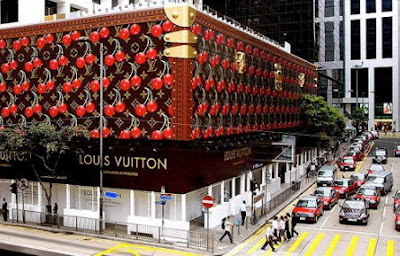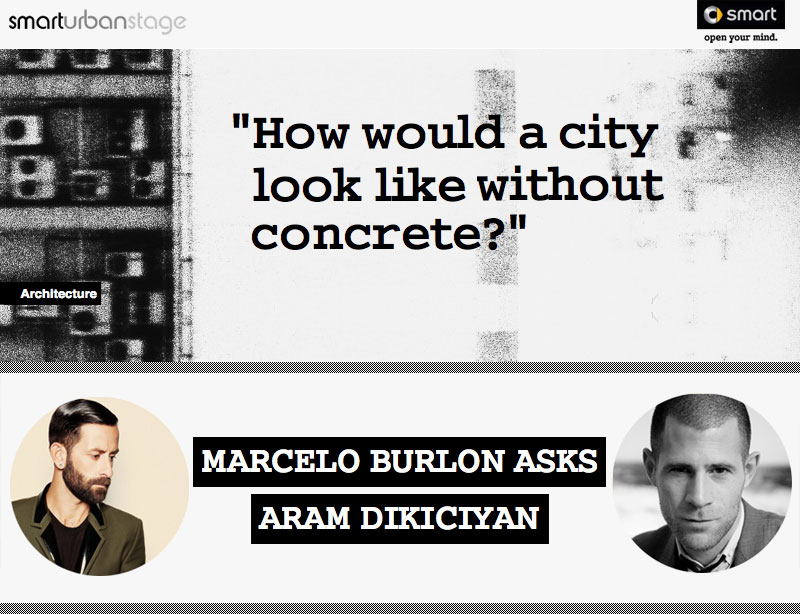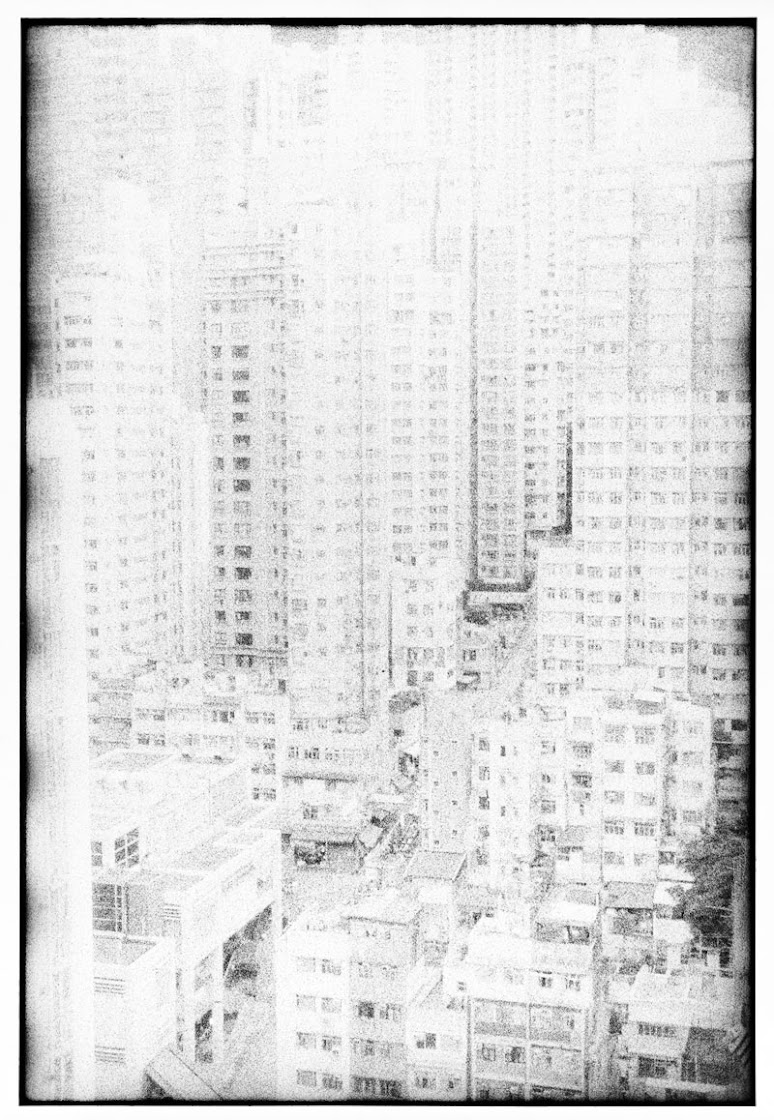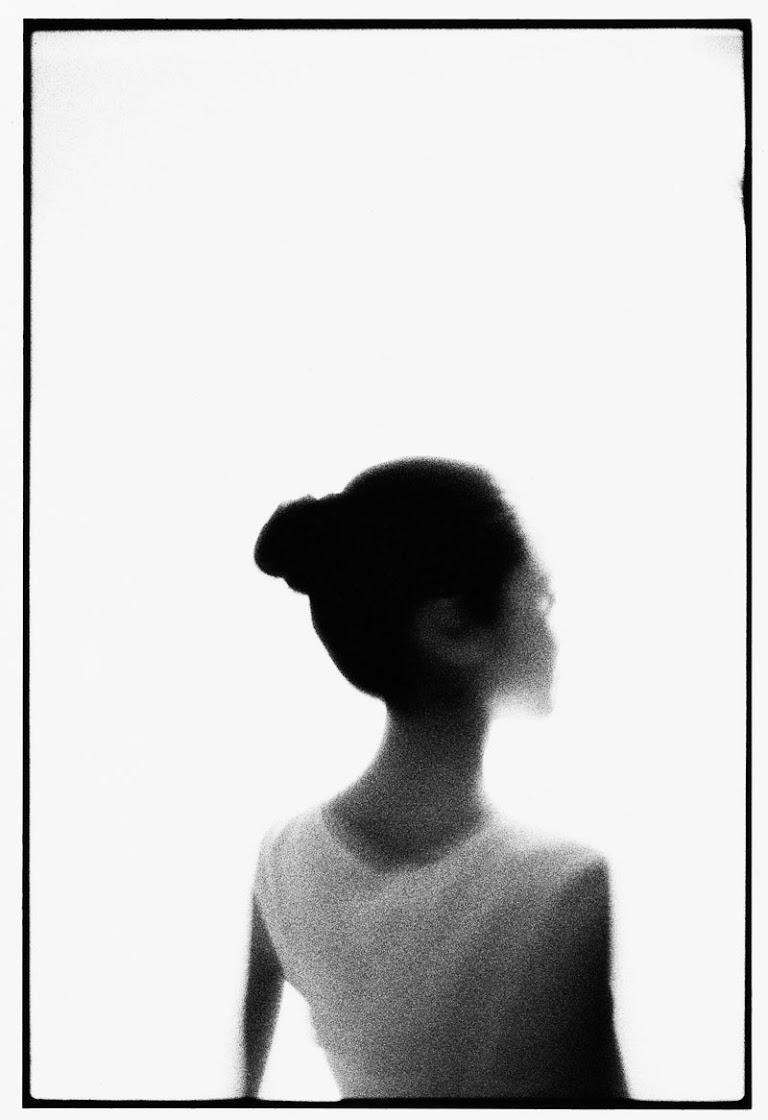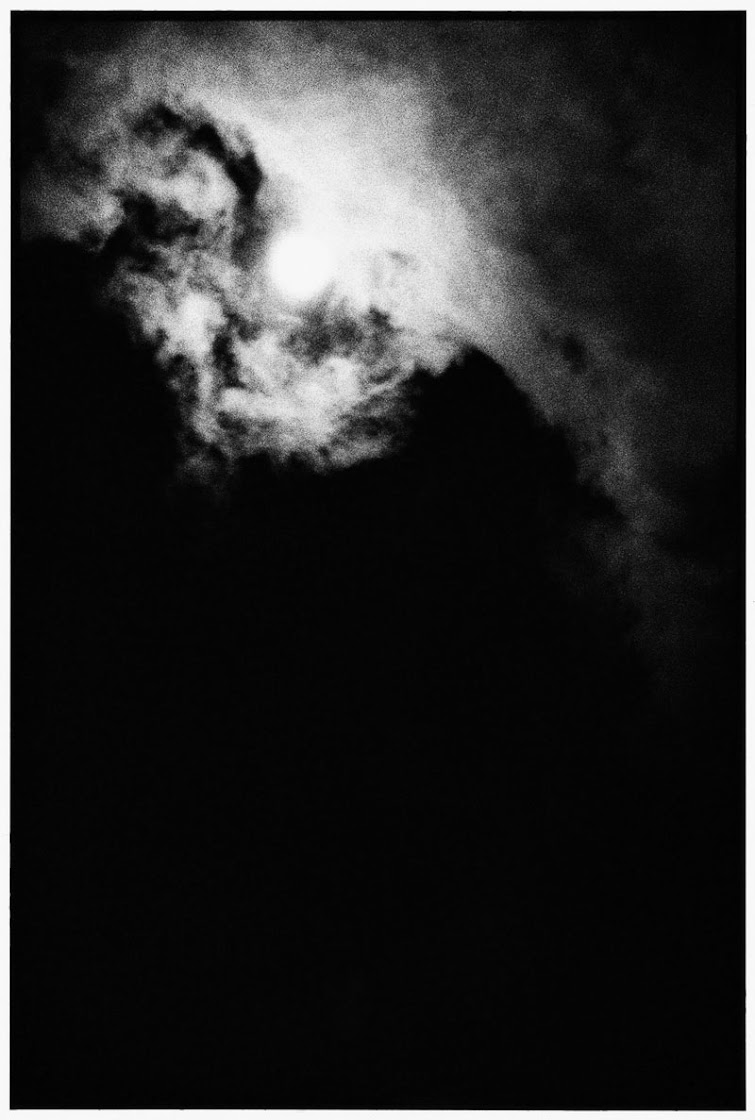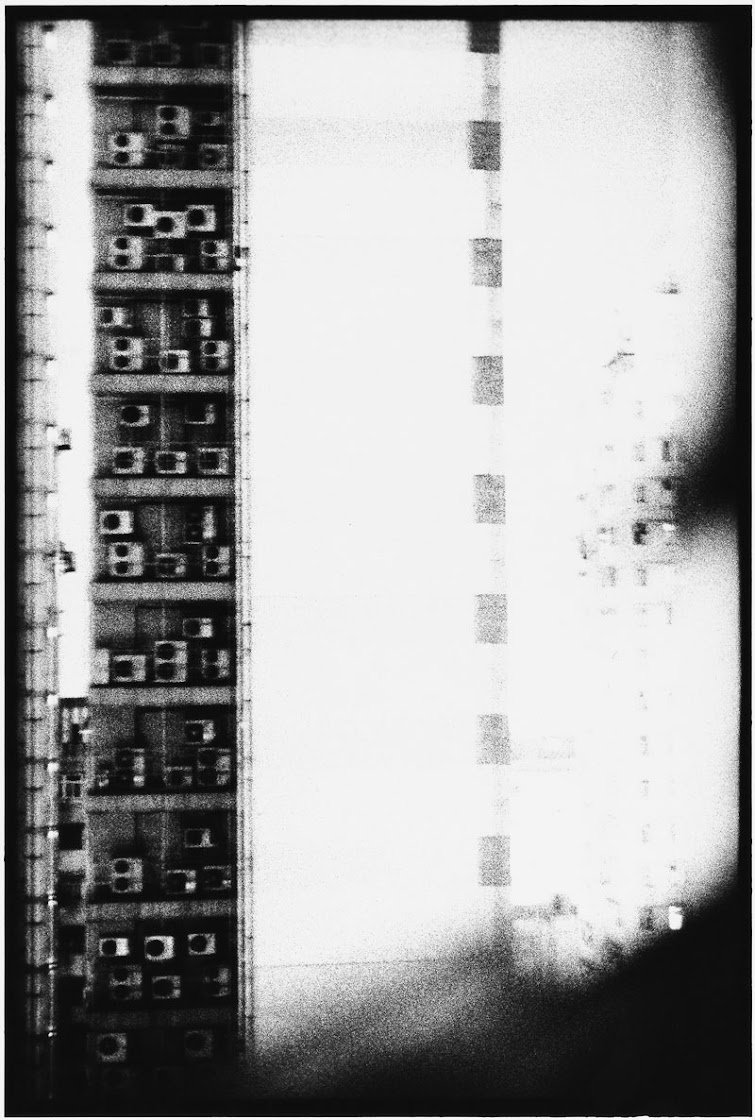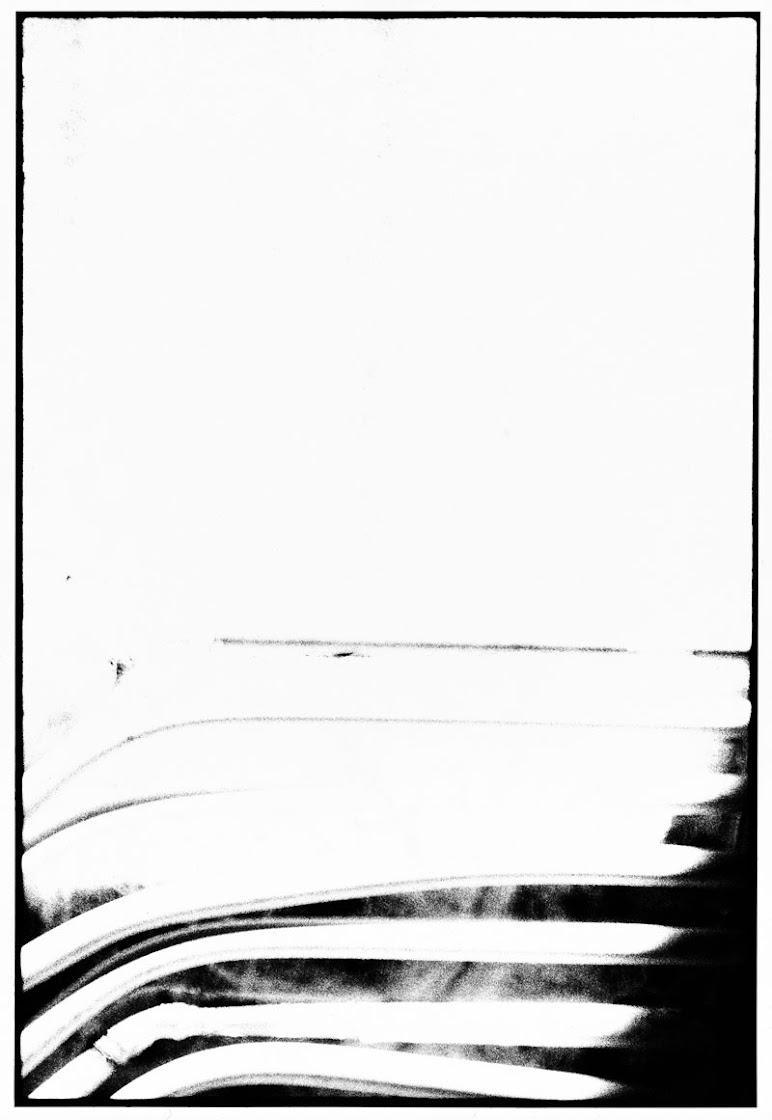
is made of red sandstone and is from Mathura
[Credit: Times of India]
Australia has informed Indian authorities that it will soon return the sculpture, dating back to second century BC, realizing that it had been stolen from an archaeological site in India. Abbott has on several occasions stated that improving relations with India was high on his priority list and one of the ways he has reached out to the Modi government is by returning stolen artifacts illegally taken out of India.
During his summit meet with Modi last year in September, Abbott returned statues of 11th century Shiva Nataraja and Ardhanariswara to India. According to a report in The Australian earlier this year, the artifact was purchased by billionaire philanthropist Ros Packer for NGA. After Indian authorities took up the issue with Australia, NGA launched a probe into how the statue was bought from a New York antiquities dealer and found that the dealer had tricked Australian authorities into believing that the red sandstone marvel had been purchased from a British collector in Hong Kong. The investigations revealed that the New York based dealer had travelled to India and acquired two Kushan Buddhas from a trafficker.
"The Department of Culture and the Archaeological Survey of India are working with the National Museum in Delhi to affect the handover. The Buddha statue of the Kushan period dating back to 2nd century BC is made of red sandstone and is from the Mathura region of Uttar Pradesh," said a senior government official.
Government sources here claimed there was a growing personal bonhomie between Modi and Abbott following their bilateral meetings last year. Modi last year became the first Indian PM to visit Australia after Rajiv Gandhi in 1985.
Author: Sachin Parashar | Source: Times of India [January 01, 2015]




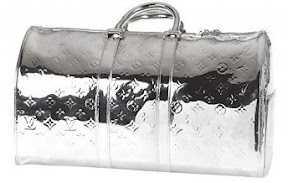 Manufacturers of bags Louis Vuitton have earned for a long time already to themselves excellent reputation. The company Louis Vuitton is engaged in manufacture of
Manufacturers of bags Louis Vuitton have earned for a long time already to themselves excellent reputation. The company Louis Vuitton is engaged in manufacture of 